Wood cutting boards are a staple in many kitchens—not only for their rustic aesthetic, but also for their durability and performance. However, they do require a bit of care to keep them clean, safe, and long-lasting. Whether you’re dealing with everyday messes, deep stains, or stubborn odors, this guide walks you through the safest and most effective way to clean and maintain your wood cutting board.
Supply List
Everyday Cleaning Made Simple
After each use, the first step is to scrape off any leftover food or residue using a bench scraper, the back of a knife, or even a fork. Once the surface is cleared, rinse the board with warm water. A few drops of dish soap paired with a non-scratch scrub sponge will gently lift away grease and food particles without damaging the wood.
It’s essential to wash the entire board—including the underside—even if only one side was used. Wetting only part of the board can lead to uneven drying, which may cause warping or cracking over time. Once cleaned, rinse thoroughly to remove any soap residue.
Drying to Prevent Warping and Cracking
Proper drying is just as important as cleaning. Immediately after rinsing, towel dry the board to remove surface moisture. Then stand it upright or prop it on its side so air can circulate around all sides. This helps moisture evaporate evenly, preventing warping and prolonging the board’s life.
Never submerge your wood cutting board in water or put it in the dishwasher. Excess moisture is a guaranteed way to damage the wood, causing it to swell, crack, or even split over time.
Natural Deep Cleaning for Odors and Stains
If your cutting board has a lingering odor or visible stains, a deeper clean is in order. One natural method involves sprinkling coarse salt across the board, then scrubbing with half a lemon. The salt works as a gentle abrasive while the lemon juice naturally deodorizes and disinfects. Let the mixture sit on the board for 5 to 15 minutes to fully break down odors before rinsing and drying.
Alternatively, you can use white vinegar or hydrogen peroxide. Spray the solution directly on the board, let it sit for several minutes, and then rinse and dry. These options are effective at killing bacteria without introducing harsh chemicals.
Restore with Mineral Oil
Once your board is completely dry, it’s time to restore its finish with food-grade mineral oil. Apply a small amount and work it into the board using a soft cloth in a circular motion. Make sure to cover the entire board—including the sides and bottom—to keep the wood hydrated and protected.
Mineral oil not only revives the board’s appearance but also helps prevent drying and cracking. Repeat this oiling process once a month or whenever the board starts looking dull or dry. Avoid using cooking oils like olive or vegetable oil, as they can go rancid and create unpleasant odors.
Bonus Step: Lock in Moisture with Board Cream or Beeswax
For added protection, follow up the mineral oil treatment with a layer of board cream or beeswax. After waiting 24 hours for the oil to fully absorb, apply the wax in the same circular motion and allow it to dry for another full day. This step seals in the moisture and provides a protective barrier against bacteria and stains.
While it adds an extra day to the process, using board cream helps maintain the board’s finish and extends its life. It also makes your cutting board look polished and feel smooth to the touch.

